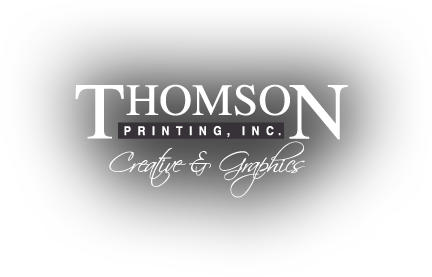Selecting the right paper for your print project is an important decision. The type of paper you choose can determine the quality of the finish due to a few factors. Let’s break down a few of the options and what situation they are best used in when printing.
Begin Each Project with Paper in Mind
When designing your print marketing piece, choosing the right paper is just as important as choosing the right typeface. Paper choice can greatly impact your end product and production cost.
As you begin a project, think through the following issues to factor into your paper choice:
- What is your final product? Is it a book, poster, flyer, business card, etc.?
- How durable would you like the piece to be? Do you want the piece to stand up to a few weeks of use or years of use?
- What feeling do you want your piece to convey? Should it be viewed as fancy or cheap?
- What assets will the piece showcase? For example, will it serve to display large photos, or will it be text heavy?
Choose Between Coated and Uncoated Paper
Coated paper is – you guessed it – coated with a surface sealant. This coating covers the tiny pits between paper fibers, giving it a smooth, flat surface. When printing on coated paper, ink is restricted from absorbing into the surface of the paper. The result is sharper printing, especially for images, and a glossier appearance of the inks.
Coated stocks are available in a variety of finishes:
- Gloss – Coated paper with a high sheen, typical of what you see for a magazine.
- Dull – Coated paper with a smooth, low-gloss surface. Dull is the middle ground between glossy and matte paper.
- Matte – Coated paper with a non-glossy, flat look. There is little sheen to the paper. Matte papers are more opaque and bulkier.
Uncoated paper has not been coated with surface sealants. Therefore, uncoated paper feels rough compared to coated paper, and it will absorb more ink. Uncoated stocks are available in a range of textures, colors, weights, and finishes. You experience uncoated paper in a newspaper or when you read a letter written on stationery. It’s a good paper to write on, and, therefore, it’s ideal for letterhead and envelopes. It is also best for projects that include a lot of text, like a book.
Consider Paper Weight and Thickness
The weight of a paper refers to its thickness. It is measured in pounds (ex. 20#) and points (ex. 10 PT). In general, the more a sheet of paper weighs, the thicker it is.
A paper’s basis weight is calculated by weighing 500 sheets of the paper cut to its basis size. Common basis weight categories are:
- Bond – Tends to be the lightest weight paper and includes translucent and opaque bond papers. Copy paper is commonly 20# bond.
- Text – Tends to be light to medium weight. A common weight for quality envelopes is 70# text.
- Cover – Tends to be a heavier weight. A common business card weight is 80# cover.
Paper weight is a tricky subject. Your Thomson Printing rep can help you decipher the differences and determine the best choice for your project.
Decide on Opacity and Brightness
Opacity refers to the amount of light transmitted through the paper. It’s also known as “show-through,” since it describes how much printing will be seen through the flip side of the printed sheet. 100 percent opacity means that no light passes through. The lower the percentage, the more light passes through. A paper’s opacity is affected by fillers, weight, whiteness, and coating.
Brightness is reflected light, typically expressed on a scale of 1 to 100 (with 100 being the brightest). Most papers reflect 60 to 90 percent of light. Brightness affects contrast, readability, and perception of ink color.
Consult Your Printer Early
Now you know that there are many factors that go into choosing the right paper for your print design project. Your printer is an invaluable resource in the process.
Your Thomson Printing rep can recommend paper based on performance characteristics of specific stock as well as what we have in stock. We can analyze paper from all angles to help you find the best fit for your project.

